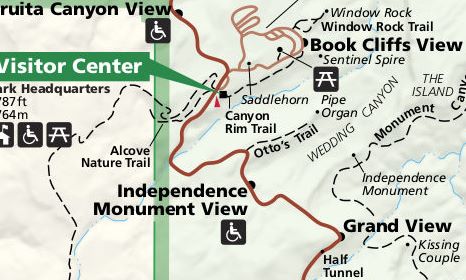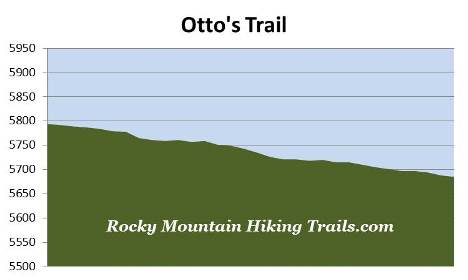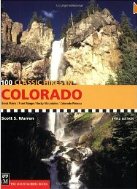Otto's Trail
| Trail Features: | Outstanding Views | 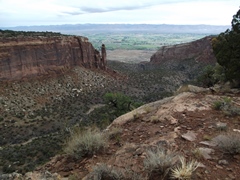 |
|||
| Trail Location: | Otto's Trail TH on Rim Rock Drive | ||||
| Roundtrip Length: | 0.7 Miles | ||||
| Trailhead Elevation: | 5794 Feet | ||||
| Total Elevation Gain: | 110 Feet | ||||
| Avg. Elev Gain / Mile: | 314 Feet | ||||
| Highest Elevation: | 5794 Feet | ||||
| Trail Difficulty Rating: | 0.92 (easy) | ||||
| Parking Lot Latitude | 39.09599 | ||||
| Parking Lot Longitude | -108.73271 | ||||
Trail Description:
"I came here last year and found these canyons, and they feel like the heart of the world to me. I'm going to stay and build trails and promote this place, because it should be a national park."
- John Otto - the first white man to explore what would become Colorado National Monument
The hike along Otto's Trail in Colorado National Monument begins from the Otto's Trail trailhead, located roughly 5.1 miles from the West Entrance near Fruita, or roughly one mile from the visitor center on Rim Rock Drive, the main road through the park. Although the sign at the trailhead states that the overlook is a quarter-mile hike, it's actually a little bit further than that.
Otto's Trail is a very easy walk to an overlook that provides outstanding panoramic views of the Colorado River Valley near Fruita in the far-off distance. The overlook stands roughly 900 feet above the floors of Monument Canyon and Wedding Canyon. Standing almost directly in front of you will be an impressive rock monolith known as Pipe Organ. You'll also be able to see Sentinel Spire and Praying Hands from this vantage point. Independence Monument is located directly to the right of the overlook. From this vantage point you'll be able to see the route John Otto took to reach the summit of this shear, 450-foot rock monolith in 1911.
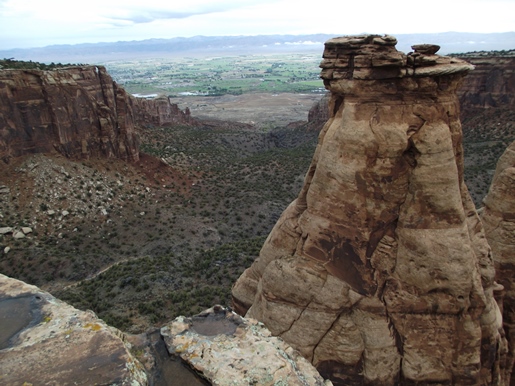
Independence Monument received its name from John Otto, the first white man to begin exploring the canyon area in 1906. After pounding iron pipes and carving out footsteps into solid rock for several weeks, Otto became the first person to stand atop the monolith on June 8, 1911. On the Fourth of July of that same year, Otto placed the American flag at the top of Independence Monument, thus starting a tradition that continues to this day.
Although Otto was a bit of an eccentric, living alone in the canyon and carving out trails, he at least had the foresight to lay the foundation for protecting this beautiful area. He spearheaded many efforts to turn the canyon into a national park. Although it still hasn't quite received that status, the area was established as Colorado National Monument on May 24, 1911 as a result of his perseverance. Otto was subsequently hired as the first park ranger. For the next 16 years he continued building and maintaining trails while living in a tent in the park - and drawing a salary of $1 per month.
Otto tried to settle down. On June 20, 1911, at the base of Independence Monument, he married an artist by the name of Beatrice Farnham. Only a few weeks after the wedding, however, she left him and never returned. Sometime afterwards she was quoted as saying, "I tried hard to live his way, but I could not do it, I could not live with a man to whom even a cabin was an encumbrance."
It's not entirely clear as to whether Independence Monument received its name as a result of Otto placing a flag atop of it on the Fourth of July, or because his bride left him there…. My new book on the history of hiking includes an extensive section on hiking, trail development and other anecdotal stories from some of our oldest and most iconic national parks.
